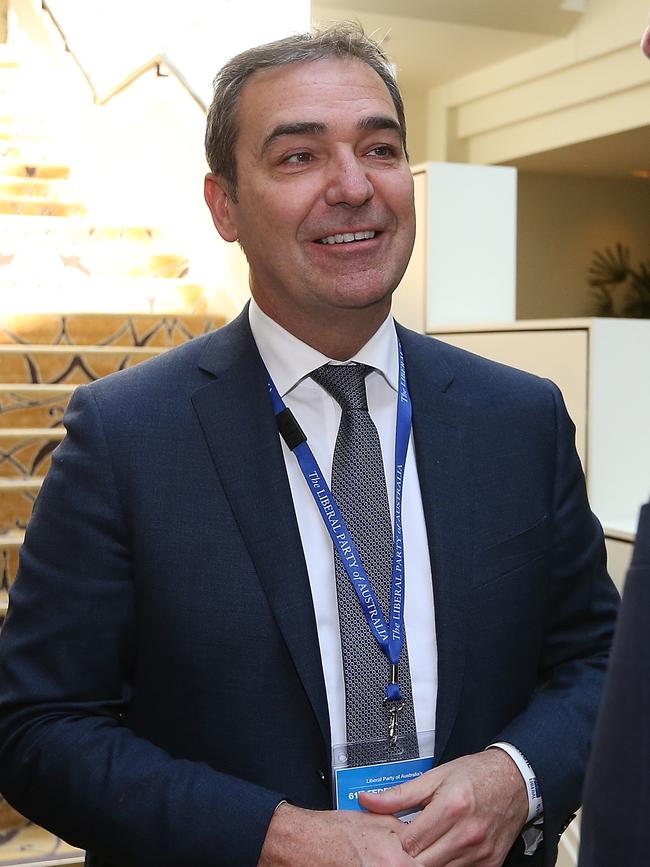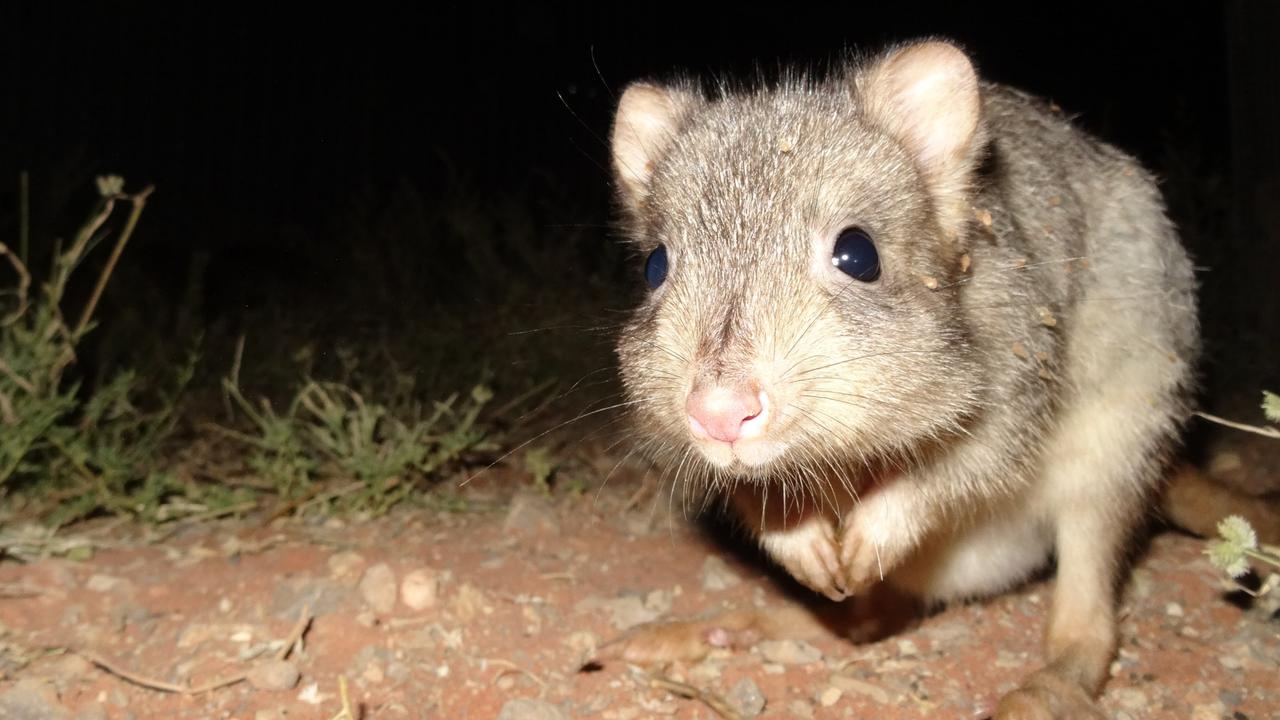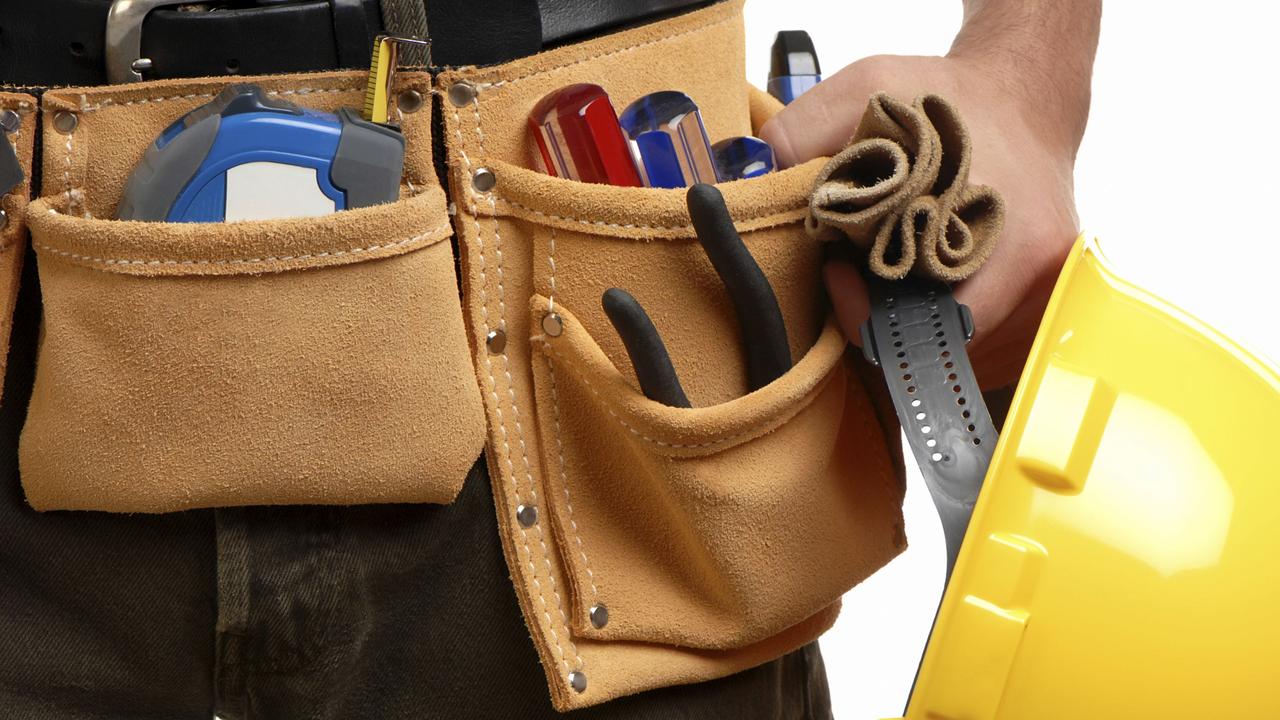Premier Steven Marshall unveils $550 million blueprint for housing in South Australia
The state is set to receive more than 20,000 new affordable housing options – from building new homes to getting vulnerable South Aussies off the streets – as part of a massive $550 million plan to overhaul SA’s housing.
SA News
Don't miss out on the headlines from SA News. Followed categories will be added to My News.
- Adelaide house prices set to boom. How much your home worth?
- Adelaide’s best bargain houses under $150,000
Keeping young people in South Australia, attracting population from elsewhere and addressing homelessness and affordability issues are at the centre of a $550 million housing strategy to be officially released today.
The State Government will today release its blueprint for housing in South Australia that Premier Steven Marshall has described as “a once-in-a-generation opportunity” to modernise the sector.
More than 20,000 affordable housing options – from building brand new homes to getting people into affordable housing and others out of homelessness – over the next decade, are promised in the Our Housing Future 2020-30 strategy.
In addition to addressing a raft of issues in the “broken” housing system today’s announcement will be sold as a significant economic driver for the state.
Premier Steven Marshall told the Sunday Mail the $550 million commitment will deliver a “local jobs bonanza”, by “injecting hundreds of millions into the South Australian economy and providing a real boost to the building and construction industry.”
“Our plan is going to give aspiring first home buyers a foot in the door and an opportunity to live the great Australian dream of owning a home,” Mr Marshall said.
The report says if South Australia wants more young people to choose Adelaide as a great place to build careers and start a family the state needs a good supply of affordable housing options.
“If we want more investors to invest in our state and build creative housing solutions, we need a well-functioning housing market that offers new opportunities,” the report says.
“If we want our most vulnerable citizens to achieve improved economic and life outcomes, we need targeted responses that stop the cycling of people through homelessness and increase their access to stable housing.”

The plan includes more money to build new houses, fix up public housing so that it is habitable, a homeless prevention fund, more low cost loans for low and moderate income households and a push to get unemployed public housing tenants employed and into the private housing market.
It also includes a promise to build 1000 new affordable homes by 2025 for low and moderate income earners courtesy of a $400 million funding pledge.
Human Services Minister Michelle Lensink’s office confirmed during the week a former State Government plan, taken over by the new government, to deliver 1000 homes in 1000 days was still 118 properties short of the target more than a year after it was supposed to be met.
Ms Lensink said all profit generated from the development activity for the 1000 new homes will be injected back into Housing SA.
She said the new whole of sector plan is aimed at helping more South Australians into homeownership, prevent people falling into homelessness and ensure public housing is available for the state’s most vulnerable.
“We are providing pathways to support people exiting social housing or private rental stress, while providing a safety-net for those who need it most,” Ms Lensink said.
KEY THEMES OF THE PLAN ARE:
CREATE conditions for a well-functioning housing market that meets the housing needs of all South Australians
REDUCE housing stress through 20,000 affordable housing solutions
CREATE housing pathways to enable people to access housing and services as their needs change
PREVENT and reduce homelessness through targeted and tailored responses
MODERNISE the social housing system and reposition it for success
In June the Sunday Mail unveiled the details of a State Government commissioned report by the Australian Housing and Urban Research Institute (AHURI) that showed private rental has grown four times faster than the state’s population, low income rental stress has grown rapidly and young people are staying at home longer.
The comprehensive report found growing numbers of South Australians are being forced into long-term rental because they cannot afford to buy.
Read related topics:Rental Crisis


